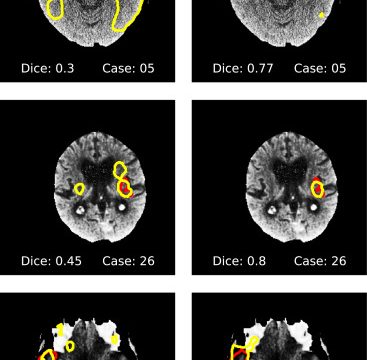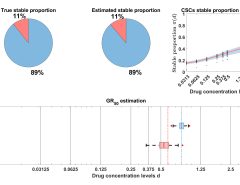Authors: Yalda Zafari-Ghadim, Essam A. Rashed, Mohamed Mabrok
Published on: March 27, 2024
Impact Score: 7.6
Arxiv code: Arxiv:2403.18637
Summary
- What is new: This paper reviews the latest Transformer-based architectures for stroke segmentation, showing how these models adapted from language processing can enhance medical image analysis.
- Why this is important: Accurate and timely stroke diagnosis is critical for effective treatment, yet traditional diagnostic tools struggle with efficiency and precision.
- What the research proposes: The research explores how Transformer-based architectures can be applied to improve stroke segmentation in medical imaging, offering more accurate diagnostics.
- Results: The reviewed approaches demonstrate improved accuracy in stroke segmentation, albeit with varying degrees of computational efficiency and performance.
Technical Details
Technological frameworks used: Transformer-based architectures
Models used: Various Transformer models adapted for medical imaging
Data used: Medical images for stroke diagnosis
Potential Impact
Healthcare providers, medical imaging companies, AI-driven diagnostics tools
Want to implement this idea in a business?
We have generated a startup concept here: NeuroAid.



Leave a Reply